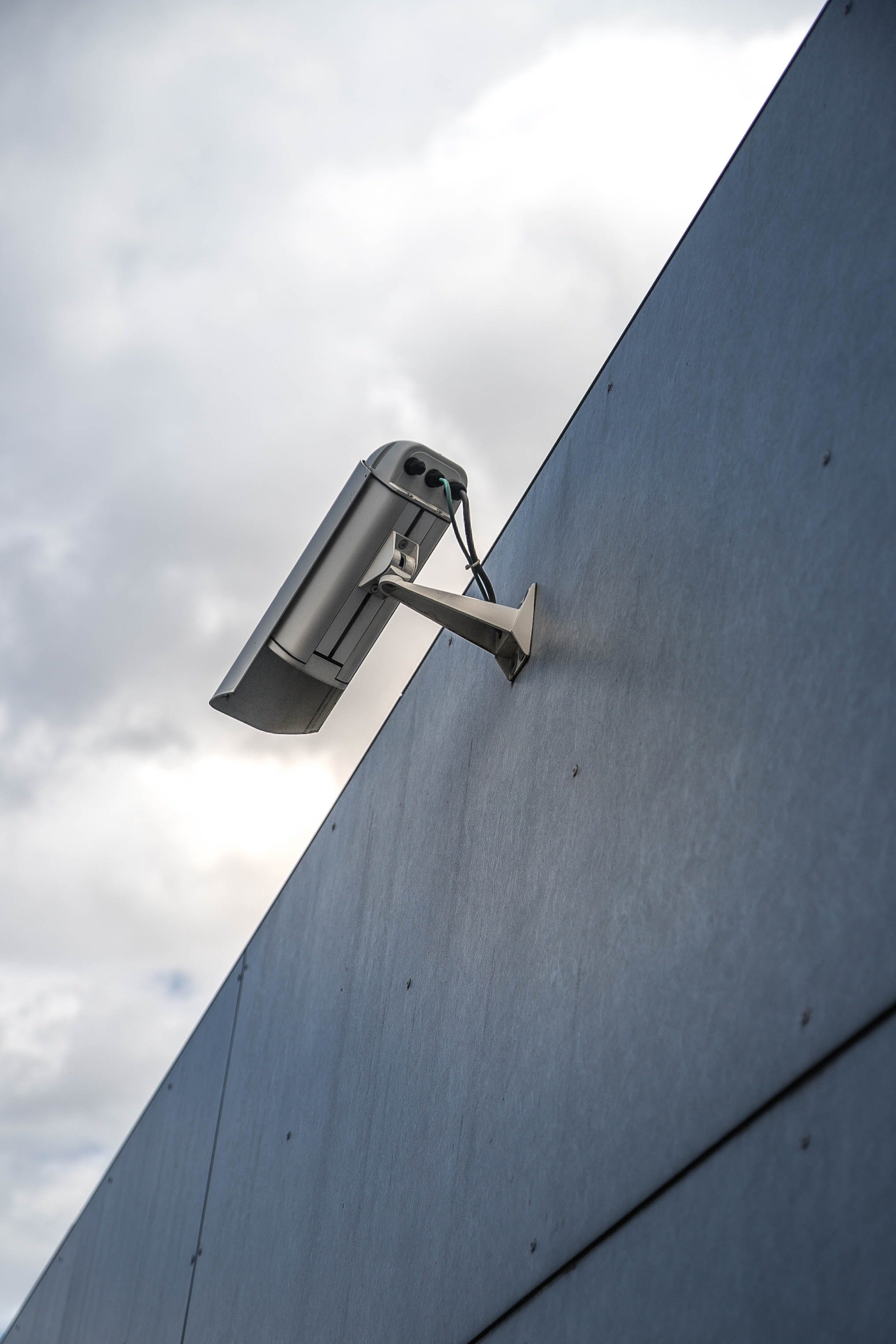Recently, the specialized IP section of the Court of Turin ruled in an interesting case that concerned the application of the exception provided for trademark exhaustion in the face of a defense invoking the danger of the so-called ambush marketing.
Parties to the case were Basicnet, a leading apparel manufacturer and owner of the KWAY trademark, on one hand, and FIFA and Sony on the other.
Basicnet had become aware that, during the period from June 14 to July 15, 2018, in the official video of the song chosen as the soundtrack of the World Cup held in Russia, entitled "LIVE IT UP" (FIFA World Cup 2018), singer Nicky Jam was wearing a K- WAY jacket, from which the K KWAY trademark was first blurred, and then completely removed.
The video was visible throughout the World Cup and was at the time of the introduction of the lawsuit added on the UEFA website and various digital platforms including the Youtube channel.
Sony had been commissioned by FIFA to produce, among other things, the music track and related official music video for the World Cup to be held in Russia in 2018, which, as part of that commission, every detail related to the production was agreed upon, including the exclusives that World Cup sponsors had secured.
Once the contract with FIFA was signed, Sony would shoot the video clip of the event's official song performed by singer Nicky Jam. On the day of the shooting, the singer went to the set wearing a K-way jacket that was very unusual in its shape and colors as well as in being branded with a huge K Way logo in addition to the traditional colored zipper that distinguishes K Way products.
Sony’s managers present told the singer that it would not be possible to frame the jacket as there was no permission from the manufacturer and that Basicnet itself could be accused of ambush marketing by the Russian authorities if they show the jacked in the video.
More precisely, Sony officials represented to the singer that the jacket could not have been framed because of contractual commitments made by FIFA respecting the exclusive rights of official World Cup sponsors among which Basicnet was not one.
Sony had also represented to the singer that the use of the K-Way trademark could have led to objections from the Russian authorities, on account of the unlawful association with the event of a trademark unrelated to it.
Faced with the singer's refusal to shoot the video by taking off his jacket, Sony opted, as a fallback solution, to obscure the logo in the post-production stage so that once the video was shot the K-Way logo was electronically erased from the jacket.
Upon realizing the facts, Basicnet had requested Sony and FIFA to immediately withdraw the video and restore the trademark on the jacket alleging that the alteration of the plaintiff's trademark by the defendants FIFA and Sony constituted an infringement of Kway's national and EU trademark rights, as well as integrating an act of unfair competition
According to Basicnet's defense, the use for profit of a garment with a registered trademark affixed to it had to comply, even post-sale, with the legislator's choice to protect the registered trademark not only against the risk of confusion as to its origin, but also against the erosion of the promotional value embedded in the sign.
According to the plaintiff, the conduct at issue also resulted in a detriment to the image of prestige of the products and the reputation of the mark also in view of the fact that any manipulation of the mark constitutes a source of both direct and indirect profit for those who engage in it. Based on these arguments, Basicnet sought an inhibition of the circulation of the video and an equitable liquidated damages award.
The defendants, on their side, claimed that the challenged usage of teh trademark at stake had not been put in place for profit and invoked the so-called principle of trademark exhaustion arguing that such infringement would not exist where the cancellation of the logo would have occurred on a product bought by the singer and worn by him and not intended, therefore, for marketing. In such case the principles of exception to the principle of trademark exhaustion could not be applied, lacking in any case the subjective element of the infringement since the decision to proceed to the electronic cancellation of the logo would have occurred as a result of the need to comply with both the protocols to avoid violation of the exclusivity recognized to the sponsors of the sports event.
In addition, the defendants argued that organizers of such events are usual targets of so-called "ambush marketing," i.e., those promotional activities promoted to the detriment of official sponsors by other brands that are not official sponsors and that, often taking advantage of the absence of specific legislation, attempt to "latch on" to the event and gain visibility through unconventional marketing.
Italian Courts have already affirmed that "legitimate reasons for the trademark owner to oppose the further marketing of the products" exist, as an exception to the so-called "principle of exhaustion", in case of removal of the identification code affixed to the bottles of a product (in this case: a liquor). Indeed, such removal is likely to damage the reputation of the trademark and its owner, if only because of the image of lesser value that the manipulated bottles convey to consumers, with negative repercussions, for the sign, even on products marketed intact. It follows that the area, EU or non-EU, of marketing of the bottles in question is irrelevant, since there have been alterations/manipulations of the packaging and the product (Court of Turin 12.5.2008).
Moreover, Italian Courts in the past affirmed that "the use of the trademark subsequent to the first placing on the market of the product incorporating the right must not be a cause of detriment to the reputation and prestige attached to the distinctive sign, this constituting a legitimate reason for the exhaustion of the right not to occur" (Tribunale di Bologna 26.3.2010).
In the case at hand, the Court stated that Sony, during the post-production of the video, unquestionably obscured the KWay logo placed on the jacket at issue, which undoubtedly had a particularly distinguishing function for the product at issue, even taking into account the considerable size of that logo.
The Court found it clear that the thimble use of the product, obscured by the logo, constitutes a per se trademark infringement and, in particular a violation to its reputation and prestige. In this respect, therefore, the violation of Articles 5 of the Italian Industrial Code and 13 Rmue must be deemed to be integrated, given that no authorization by the plaintiff, owner of the marks in question, to such obscuration was unquestionably granted either expressly or tacitly.
In the opinion of the Court of Turin, the defendant's arguments that the prerequisites for the application of the aforementioned provisions on trademark exhaustion since there would have been no marketing of the jacket, the same having been purchased by the singer for the purpose of his own personal enjoyment cannot be shared. The Court stated that the exception is not pertinent because if it is true that it is not disputed that the jacket belongs to the singer, it is also true that it is precisely with the use of that jacket and the alteration of the trademark that distinguishes it that the video was filmed and disseminated worldwide, given the resonance of the event, with all the consequent commercial spin-offs to the benefit, even of the defendants.
It appears evident, therefore, in the opinion of the Court that in the case at hand there was no exhaustion of the trademark since the jacket, although belonging to the singer, was not used for the purpose of mere enjoyment in the context of the physiological entry into the economic circuit but specifically for the purpose of making a video intended for the promotion of an event of global relevance such as the World Cup Russia 2018.
Realization and dissemination of such video that took place precisely by the defendants.
Nor can the thesis that the offenses committed lack the subjective element be upheld, where from the same narration of the facts made by the defendant party it emerges unequivocally how it was well aware of the conduct it had engaged in, the blackout having been carried out precisely by Sony in order to circumvent the prohibitions on the use of products not referable to the official sponsors of the event.
According to the Court of Turin, the plaintiff's position is, therefore, to be recognized as deserving of protection not from the standpoint of its right to see its trademark associated with the sports event in question - a right, moreover, not even claimed by the plaintiff itself - but from the standpoint of its right not to have its product logo altered and, consequently, not to have its prestige and promotional value damaged.
In this respect, therefore, the conduct engaged in by the defendants is to be considered contrary to the principles set forth in Articles 5 of the Italian Industrial Code and 13 Rmue as well as in Article 20 Cpi itself, representing the obscuring of the logo as a hypothesis of infringement.
Moreover, the conduct is also relevant from the point of view of unfair competition under Article 2598 of the Italian Civil Code, since it is not disputed that Basicnet also operates in the market for the promotion of advertising videos of its products, and the dissemination of a video containing a Basicnet product modified without its consent in such a way as to alter its distinctive capacity represents a hypothesis of conduct not in accordance with professional fairness relevant under Article 2598 co. 3 of the Italian Civil Code.
For all these reasons taken together, therefore, the plaintiff's claim were be considered well-founded.
Also not valid, in the Court's opinion, is the reference to the practice of ambush marketing made by the defendants. Such a practice occurs "when a communication campaign suggests contrary to the truth that a party is a sponsor of an event" (Advertising Self-Regulatory Code Jury 8.7.2014). The practice of ambush marketing is considered misleading, as it misleads the average consumer about the existence of sponsorship or affiliation relationships or, in any case, connections with the owners of intellectual property rights, which, on the contrary, do not exist (in this sense, Court of Milan 15.12.2017) and constitutes a particular hypothesis of unfair competition contrary to professional fairness that can find protection under the general framework of Article 2598,3rd paragraph, Civil Code (Court of Milan 15.12.2017).
In particular, case law has had occasion to specify that "with the figure of ambush marketing, the unfair competitor abusively associates the image and brand of a company with an event of particular media resonance without being linked by sponsorship, license or similar relationships with the organization of the event. In doing so, the same takes advantage of the event without bearing the costs, resulting in undue attachment to the event and negative interference with the contractual relationships between organizers and authorized parties. It is therefore a tort where the injured parties are the event organizer, the official licensee (or sponsor) and finally the public.” (Court of Milan 15.12.2017).
It is clear from the above that in the case at hand there can in no way be discerned a practice of ambush marketing on the part of Basicnet. The latter did not, in fact, carry out any activity associating its trademark with the Russia 2018 World Cup event, nor did it consent to such association being carried out by others. It was, in fact, the defendants who used the Basicnet product by alternating its logo in an attempt to make it recognizable in order to avoid incurring the violation of the agreements made with the official sponsors and with the Russian legislation itself. No activity and consequently liability can be attributed to Basicnet in connection with the incident where it only became aware of the incident following the dissemination of the video.




















